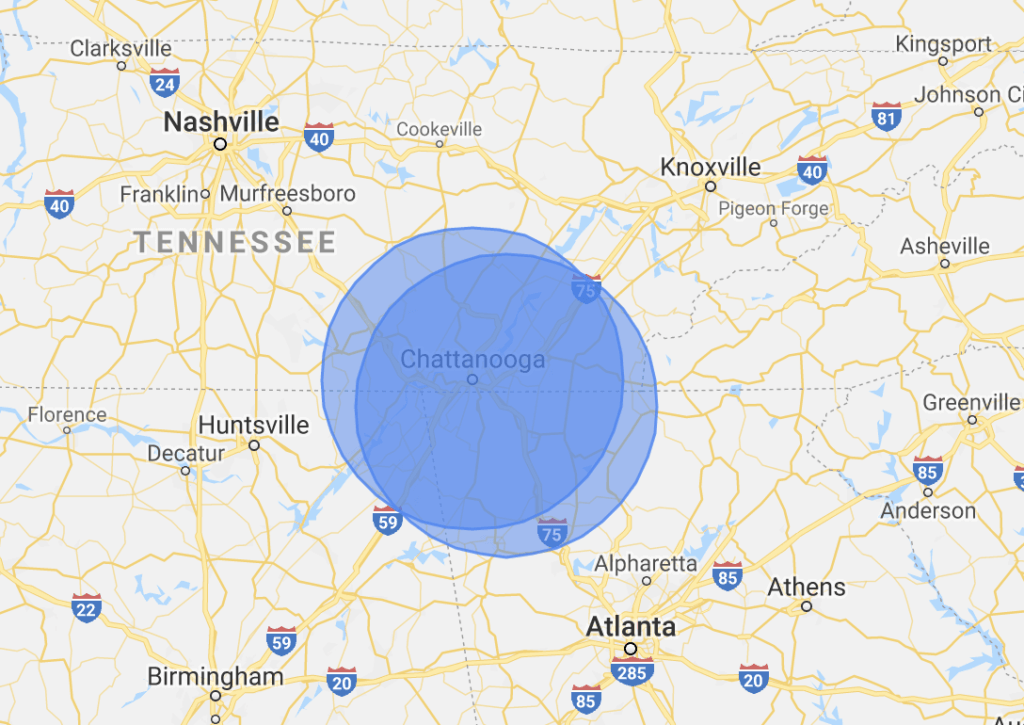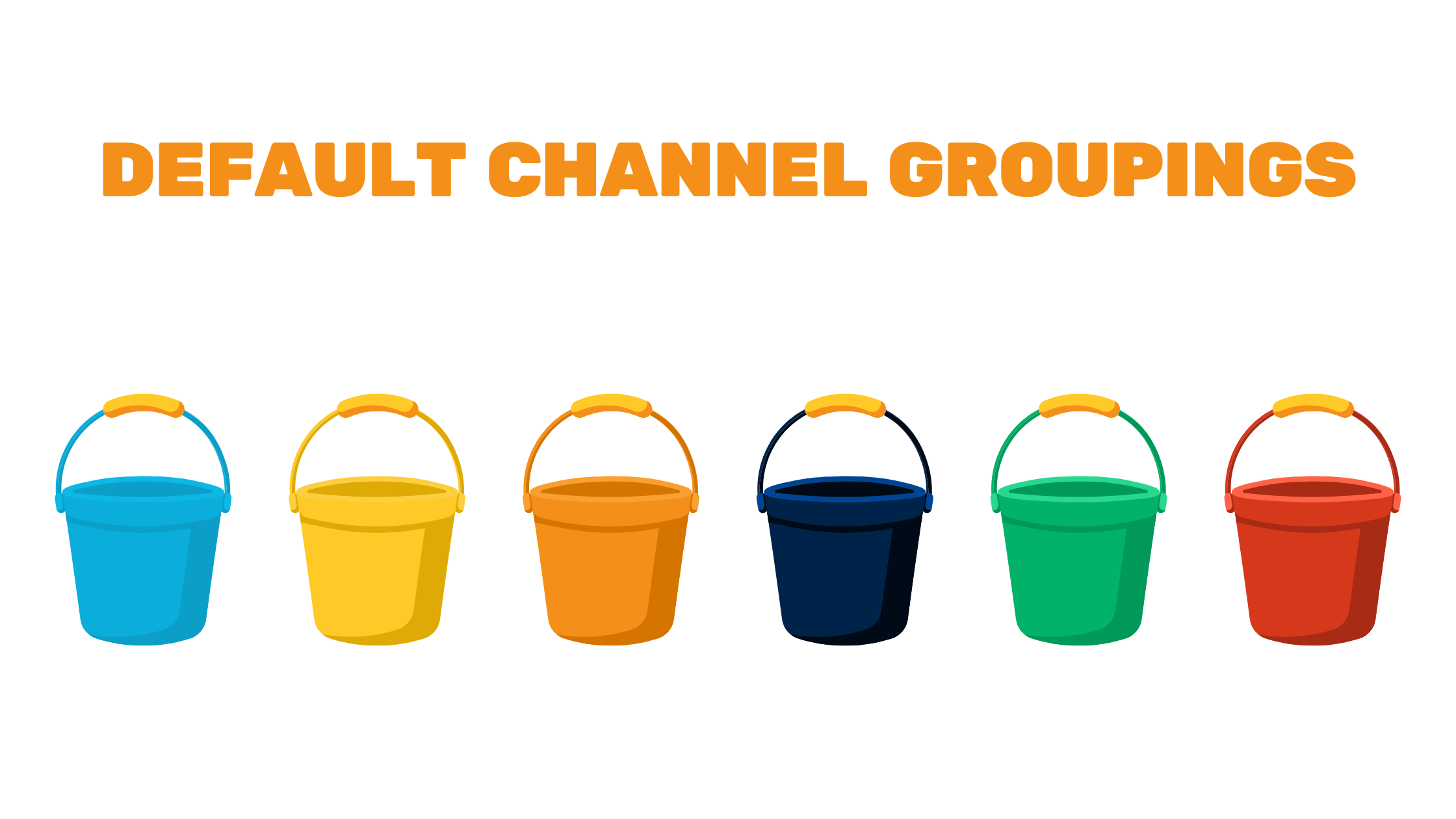Geotargeting or geofencing marketing allows you to show ads on social media, search engines, and other digital media placements when users reside in your target location or are actively present within your target locations in real-time. You can target based on your own store location(s), and you can also target competitors or complementary business locations. Think of geofencing as the modern-day digital billboard.
It’s important to understand that geotargeting and geofencing can mean different things to different marketers. Make sure you clarify terms before starting on your next geo campaign. Let’s break down the difference so that you can be prepared with the right strategy for your business.
Geotargeting
Geotargeting is when you show an ad to a user based on their area of residence. The user typically has their location settings either in their browser or on the app of the social platform they’re using. This means that even if a user is not within your target region at the time when your ad serves, they are still eligible to see the ad.
Geofencing
On the other hand, geofencing does not rely on location settings. It relies on the real-time IP of the user. When you allow a mobile device to “know” your location, it allows advertisers to target you based on where you are at any moment in real-time.
Essentially, an advertiser places a “fence” around the area they’re targeting, and their ads will serve to users who are present within that fenced area.
How Do You Use These Two Options?
You will want to set up your campaign to target users based on the goals of your business.
For example, a restaurant is more likely to use geofencing so that they can show ads to anyone nearby, especially people who are from out of town and are looking for a place to eat!
Home service companies like plumbers, electricians, and home remodeling will want to target users based on their residence. This means that even if a target user is not within the target geolocation at the time the ad is served, they are still eligible to see the ad.
This explanation will hopefully help you plan your ad campaigns or understand how to talk to your advertising provider. As always, please reach out to us if you need help with your geotargeting and geofencing campaigns.




